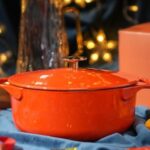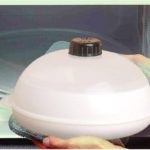Clay pots and ceramic cookware offer a unique alternative to traditional aluminum and stainless steel cookware, and they’re gaining popularity among home cooks for their heat retention and diverse designs. These pots are especially ideal for slow-cooked stews, but they do have some drawbacks, such as a tendency to stick or crack. However, with the following tips and tricks, you can easily overcome these issues and enjoy the benefits of cooking with clay and ceramic.
1 Soak in Cold Water for 3-4 Hours After Purchase
For new clay or ceramic pots, it’s essential to soak them in water for 3-4 hours. Ensure that the pot is completely submerged. After soaking, thoroughly clean and dry the pot.
This step is a well-kept secret among experienced home cooks. It not only removes any remaining dust or impurities but also helps to toughen the pot’s structure, making it more resistant to cracks and breaks during use.
2 Soak in Cold Water for 10-15 Minutes Before Each Use
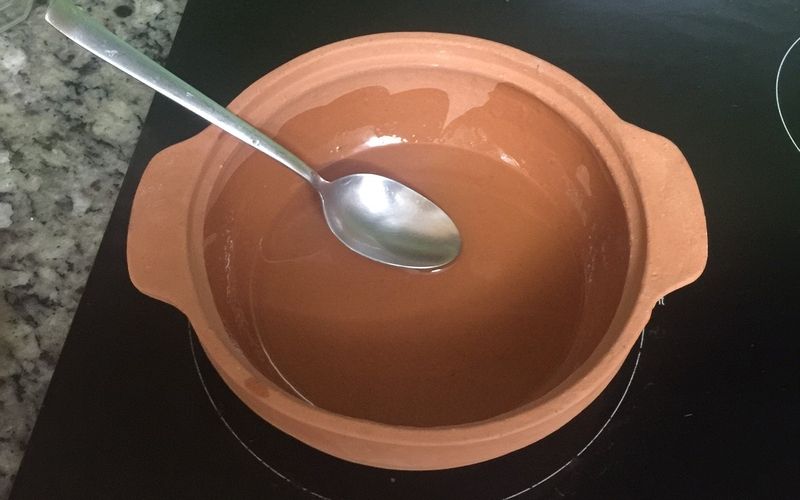
Before using your clay or ceramic pot, always soak both the pot and its lid in cold water for about 10-15 minutes. Then, place them on the stove and turn on the heat to low. This allows the pot to gradually absorb the heat.
It’s important to never preheat the stove before placing the pot on it, as this can cause sudden temperature changes that may lead to cracks or breaks.
3 The First Time You Use It, Cook a Pot of Porridge
When using your clay or ceramic pot for the first time, cook a pot of porridge. This will help seal the small pores in the pot, preventing cracks and reducing its tendency to absorb water.
Note: Keep the heat low while cooking the porridge, and stir continuously to prevent sticking.
Once the porridge is cooked, turn off the heat, cover the pot, and let it cool down naturally.
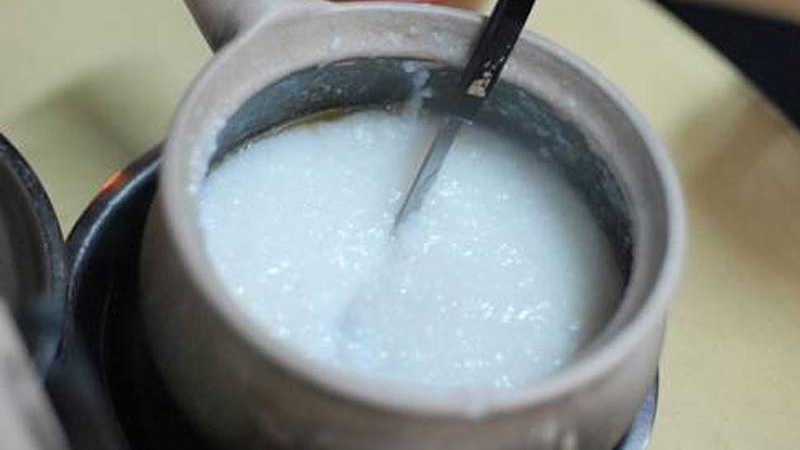
4 Always Use a Pot Holder
After cooking, never place the hot pot directly on a cold surface, such as the floor or a table. This temperature shock can cause the pot to crack or even explode. Always use a pot holder to protect your surfaces and your pot.
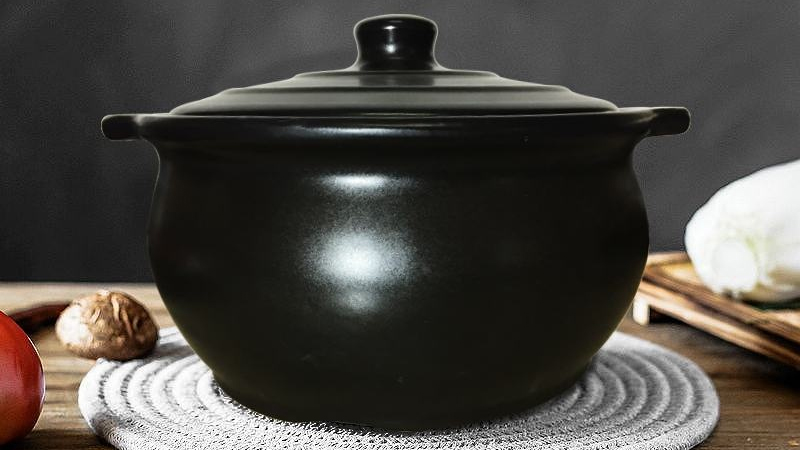
5 Cleaning Your Clay or Ceramic Pot
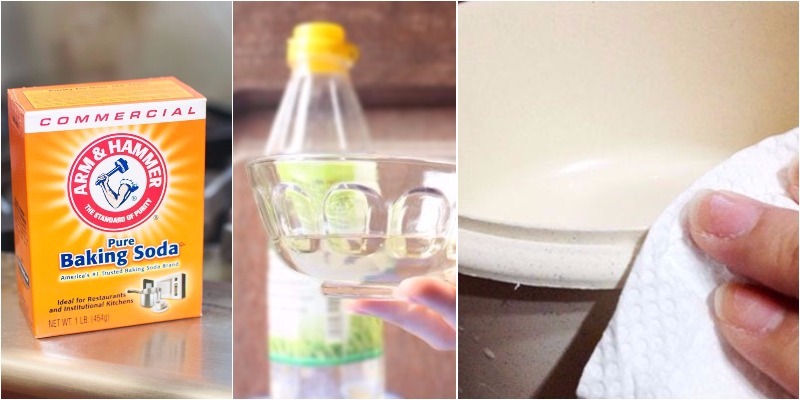
After cooking, pour some hot water into the pot to rinse away any remaining food residue. Then, mix < and in a 1:1 ratio and use it to scrub away any stubborn stains. For regular cleaning, you can use and to keep your pot sparkling clean.
Avoid using as the chemicals can seep into the pot and potentially contaminate your food.
In addition to removing tough stains, baking soda is also great for eliminating burnt food residue. For instructions on how to do this, visit:
If your pot has developed a musty smell from being stored for too long, simply mix baking soda and water in a 1:1 ratio and soak the pot for about 30 minutes. Then, use a brush to scrub away the mold and eliminate the odor.
6 Storing Your Clay Pot
After cleaning your clay pot, you can air-dry it in the sun or upside down on a drying rack. When storing it away, place a few sheets of paper towel inside the pot to absorb any residual moisture and prevent mold.
7 Important Tips for Using Clay Pots
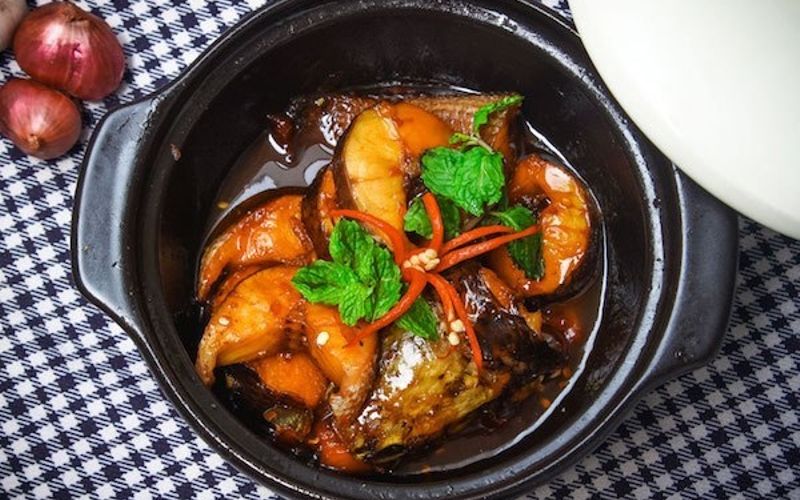
As mentioned earlier, clay pots are excellent at retaining and conducting heat. Therefore, always use thick oven mitts when handling them to avoid burns. Place the pot on a dry wooden or metal surface, never on a wet one, unless you want to end up with a shattered pot.
During cooking, avoid frying onions or garlic directly in the clay pot over high heat, as this can damage the glaze and affect the quality of your cookware. When adding water to your dish, always use hot water to avoid thermal shock, which can lead to cracks.
If you have leftover food in your clay pot, don’t place it directly in the refrigerator. The sudden temperature change can cause cracks. Instead, let the pot cool down to room temperature for about 30 minutes before transferring the leftovers to a storage container and placing them in the fridge.
Clay pots are a unique part of Vietnamese culinary culture, both past and present. Serving food in these pots not only keeps it warm and flavorful but also adds a rustic charm to your dining experience. With these tips, you can now confidently use and care for your clay pot, ensuring it lasts for many delicious meals to come.
How to Use Your New Vacuum Flask the Right Way
Introducing the ultimate guide to extending the lifespan of your brand new vacuum flask. Uncover the secrets to maintaining your flask’s pristine condition and optimal performance. This comprehensive article will reveal the essential do’s and don’ts, ensuring your flask remains your trusted companion for years to come. Learn how to care for your flask from day one and enjoy its benefits to the fullest.

























